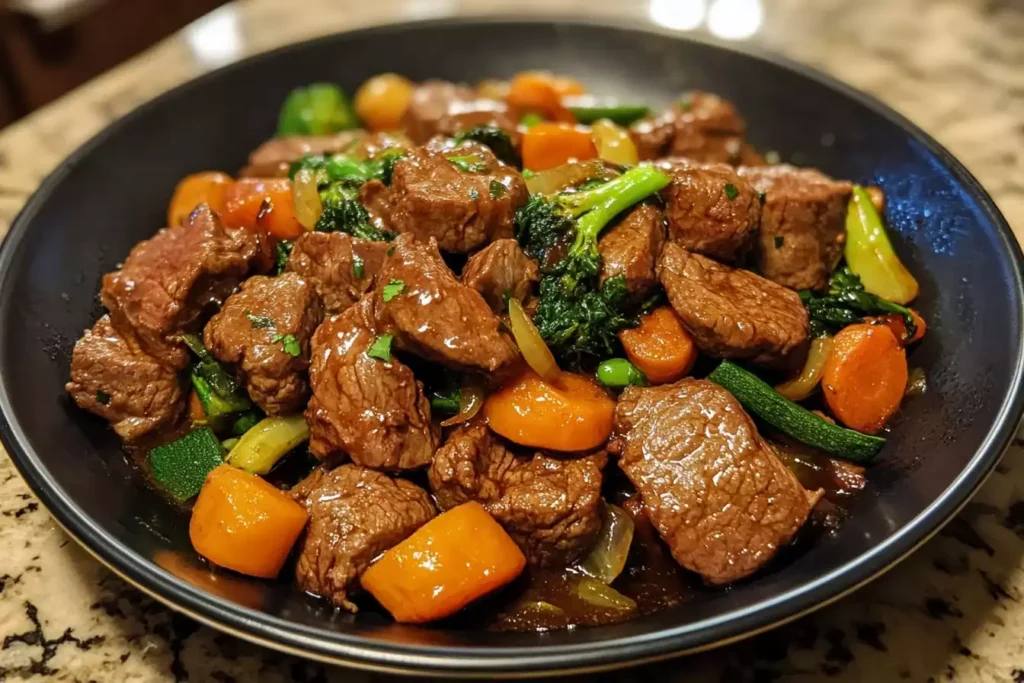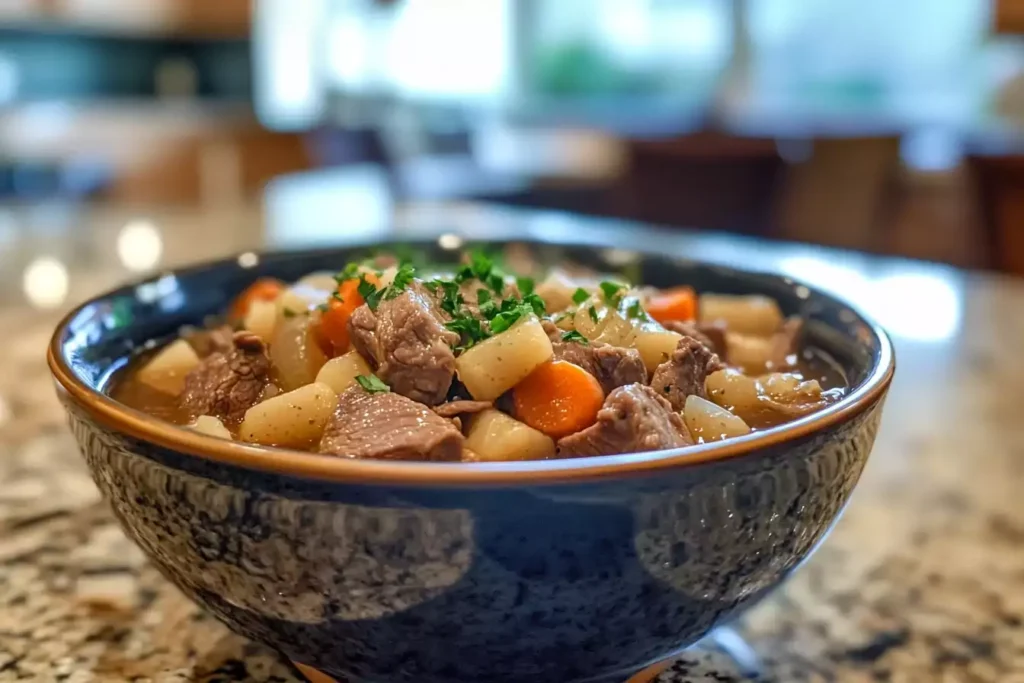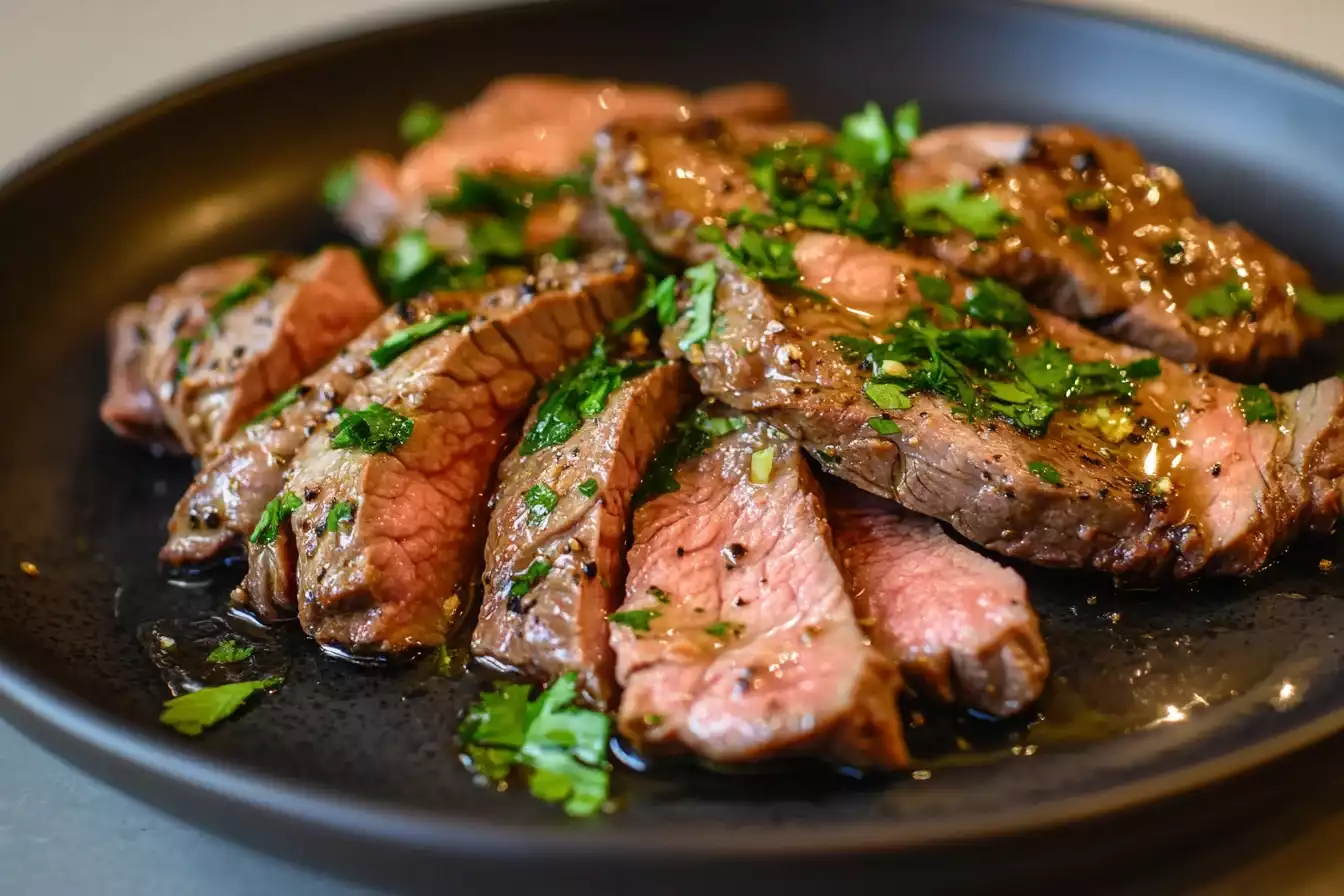Beef spleen, often overlooked in modern cuisine, is a nutritional powerhouse that deserves a second look. This organ meat, also known as spleen meat, is packed with essential nutrients, offering a unique flavor profile and a range of health benefits that many are missing out on. This article delves into the surprising advantages of including beef spleen in your diet, explores its culinary uses, and answers common questions about this intriguing beef offal.
Table of Contents
What is Beef Spleen?
Spleen meat is an organ found in beef that plays a vital role in the animal’s immune system. It’s responsible for filtering blood, recycling red blood cells, and storing iron. Consuming this particular organ can offer significant nutritional benefits. Many cultures around the globe have embraced spleen as part of their traditional diets, recognizing its valuable properties.

Understanding the Role of the Spleen
The spleen is a crucial part of the lymphatic system, acting as a blood filter and immune regulator. It helps to remove damaged cells and bacteria from the bloodstream and supports the production of white blood cells. When you consume beef spleen, you’re essentially tapping into a concentrated source of these vital nutrients.
Historical Context
Throughout history, various cultures have consumed organ meats like beef spleen for their health properties. It was a common practice in traditional diets to utilize all parts of the animal, reducing waste and maximizing nutritional intake. [Internal Link: The amazing benefits of eating bone marrow] offers another example of how cultures traditionally maximized the nutritional benefits from each animal.
The Nutritional Powerhouse of Beef Spleen
Beef spleen is incredibly nutrient-dense. It is a remarkable source of iron, crucial for oxygen transport in the body. It also contains high levels of other essential nutrients that support overall health and well-being.
Key Vitamins and Minerals
Spleen meat is rich in iron, vitamin B12, and selenium. Vitamin B12 is vital for nerve function and the production of red blood cells, while selenium is a powerful antioxidant that supports thyroid health. These nutrients are crucial for maintaining energy levels and overall health.
Iron Content: A Standout Benefit
The exceptionally high iron content of beef spleen makes it a valuable food for preventing and managing iron-deficiency anemia. The iron in spleen meat is highly bioavailable, meaning the body can easily absorb and utilize it. This is especially beneficial for people who struggle to maintain adequate iron levels. Eating beef organs like spleen is a tradition that can enhance your nutrition. [Internal Link: Beef Hearts: A Nutritious Alternative to Muscle Meat] explores another type of organ meat that provides unique benefits.
Protein and Other Nutrients
Besides vitamins and minerals, beef spleen also provides a good source of high-quality protein, essential for building and repairing tissues. Additionally, it contains other beneficial nutrients, such as riboflavin, niacin, and folate. These elements play important roles in energy metabolism and overall cellular function.
Health Benefits of Consuming Beef Spleen
Incorporating beef spleen into your diet may offer numerous health advantages, thanks to its impressive nutritional profile. These benefits extend beyond mere vitamin and mineral supplementation. It can be a great source of nutrition for people with specific deficiencies or dietary needs.
Boosting Iron Levels
The primary benefit of consuming beef spleen is its ability to boost iron levels. This is particularly beneficial for those suffering from iron deficiency anemia. The heme iron found in spleen meat is easier for the body to absorb compared to non-heme iron found in plant-based foods. Consuming beef spleen is a way to naturally enhance iron absorption and restore healthy blood levels.
Supporting Immune Function
The spleen plays a crucial role in immune function. By consuming beef spleen, you are supporting the body’s ability to produce white blood cells and overall immune response. This benefit is vital in fighting off infections and maintaining general health. Beef offal can contribute to your immune health.
Enhancing Energy Levels
The combination of iron, B vitamins, and protein found in beef spleen can help boost energy levels and combat fatigue. This makes it a great addition for those who feel constantly tired or sluggish. It’s a natural way to improve your vitality, unlike relying on processed or synthetic supplements.
Supporting Red Blood Cell Production
Vitamin B12 and iron are crucial for the production of red blood cells. Beef spleen is a fantastic source of both, making it effective in supporting healthy blood cell counts. This is especially important for individuals with conditions affecting red blood cell production.
Culinary Uses of Beef Spleen

While it might not be a common sight on modern menus, beef spleen offers versatility in the kitchen. There are many ways to prepare spleen meat, each offering its own unique flavor and texture.
Traditional Preparations
Many cultures have traditional ways of preparing spleen. In some cuisines, it is stewed or braised, while in others, it is grilled or fried. These methods showcase the depth of flavor that can be achieved with spleen. These traditional recipes have passed down through generations, highlighting their delicious nature and health advantages.
Simple Cooking Techniques
For home cooks, beef spleen can be surprisingly simple to prepare. It can be sliced and sautéed with onions and garlic for a quick meal. Adding herbs and spices can enhance its flavor. Grilling or roasting spleen can also bring out its unique richness.
Creative Serving Ideas
Consider incorporating beef spleen into dishes like pâtés, terrines, or stuffing for a unique twist. It can also be ground and mixed with other meats to create flavorful sausages or burgers. These more creative approaches help to maximize the versatility of beef spleen.
Flavor Profile
The taste of beef spleen is often described as rich and earthy, with a slightly metallic undertone, typical of organ meats. Some compare it to beef liver but with a milder flavor. Preparing it properly can minimize the metallic flavor, enhancing its savory richness. Learning to appreciate its unique flavor profile can open up a whole new world of culinary possibilities. Beef tongue is another type of beef offal you might enjoy; you may enjoy reading [Internal link: How to cook beef tongue: a guide to a delicious meal] for other cooking options.
Where to Find Beef Spleen
Finding beef spleen may require a bit more effort than purchasing typical cuts of beef, but with a bit of research and the right approach, it’s achievable. You might have to explore alternative sources to acquire it.
Local Butchers and Farmers
The best place to start your search is at your local butcher or farmer’s market. Small, independent butchers are more likely to carry organ meats than larger supermarkets. It’s always worth asking if they have it available or if they can order it for you. Visiting farmers directly can also increase your chances of finding it.
Ethnic Markets
Ethnic markets, particularly those specializing in Latin American, African, or Asian cuisines, are often great places to find organ meats like beef spleen. These markets often cater to specific dietary preferences and traditional recipes. Shopping in these markets is an excellent way to explore diverse foods and culinary traditions.
Online Retailers
If local options are limited, you can also explore online retailers that specialize in sourcing and selling organ meats. These sites often deliver directly to your door, providing a convenient way to access harder-to-find ingredients. Always ensure you are purchasing from reputable sources that prioritize freshness and quality.
Tips for Preparing Beef Spleen

Preparing beef spleen might seem daunting at first, but with a few helpful tips, it can become an easy process. Proper preparation techniques will enhance its flavor and texture.
Cleaning and Preparing the Spleen
Before cooking, it’s crucial to clean the spleen thoroughly. Remove any membranes or connective tissue. Slicing it into even pieces will help ensure even cooking. Properly cleaning and preparing it is key for a great-tasting meal.
Methods to Reduce Strong Flavors
If you’re new to eating beef spleen, consider marinating it or blanching it before cooking. These steps can help reduce the intensity of its flavor and make it more palatable. Herbs and spices can also play a crucial role in balancing the flavors.
Cooking Techniques for Different Preferences
Whether you prefer frying, grilling, or stewing, there’s a cooking method for every preference. High heat methods like grilling create a crispy exterior, while low, slow cooking methods like braising result in a tender and flavorful dish. Experimenting with various techniques can help find your favorite approach to cooking beef spleen. You might want to explore [Internal link: What is beef tendon and how to cook it to make it tender] to get other ideas about cooking with unusual cuts of beef.
Potential Downsides of Eating Beef Spleen
While beef spleen is incredibly nutritious, there are some potential downsides to consider. Awareness of these can help you make informed dietary choices.
High Purine Content
Beef spleen, like other organ meats, is high in purines. Individuals prone to gout should consume purine-rich foods in moderation, as these compounds can lead to uric acid buildup and trigger gout attacks. Being aware of your specific health conditions is important.
Potential Allergies
Although rare, some people may be allergic to organ meats. If you experience any unusual symptoms after consuming beef spleen, consult your healthcare provider. It’s always wise to introduce new foods gradually to monitor your body’s reaction.
Heavy Metal Accumulation
There is always a concern with consuming organ meats, which may accumulate heavy metals. However, buying from reputable sources who prioritize quality and safety can minimize this risk. Choosing trusted farms or butchers can give you more assurance about your food sources.
Frequently Asked Questions about Beef Spleen
Here are some of the frequently asked questions about beef spleen that people often wonder about. This section helps clarify common points and helps deepen understanding of this unique food.
Is it healthy to eat beef spleen?
Yes, beef spleen is very healthy. It’s packed with iron, vitamin B12, selenium, and other essential nutrients. These nutrients are crucial for maintaining energy, supporting red blood cell production, and boosting immune function.
Which part of the cow is spleen?
The spleen is an organ located in the abdominal cavity of the cow. It’s part of the lymphatic system and is responsible for filtering blood and supporting the immune system.
What does beef spleen taste like?
Beef spleen has a rich, earthy flavor with a slightly metallic undertone. Many compare it to liver but with a milder taste. The flavor can vary based on how it’s prepared and cooked.
Is beef spleen the same as beef liver?
No, beef spleen and beef liver are different organs with distinct functions and nutritional profiles. While both are nutrient-dense, beef spleen is particularly high in iron and selenium. Liver is higher in vitamin A, folate, and copper.
Conclusion: Embracing the Power of Beef Spleen
Beef spleen is a truly underappreciated food that offers a multitude of health benefits and culinary possibilities. Its high iron content, rich vitamin profile, and unique flavor make it a valuable addition to a balanced diet. By understanding how to source, prepare, and cook this versatile ingredient, you can unlock its nutritional potential. Start incorporating beef spleen into your culinary repertoire to experience the surprising benefits firsthand! Don’t forget to check out [Internal Link: Top 10 beef cuts for the best tacos you can find] for other beef options.
For More Articles Links:

